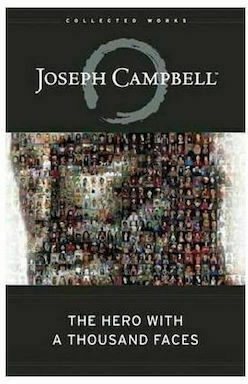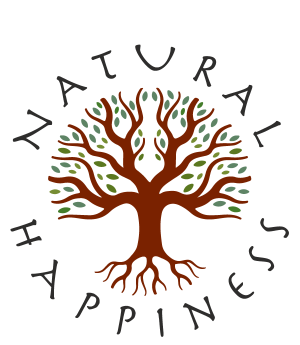The Hero’s Journey: an archetypal growth map
The five stages of positive change
It was the American anthropologist Joseph Campbell who coined the term hero’s journey to chart the archetypal stages of change which he identified through many years of research. In his book The Hero with a Thousand Faces, he explains that his aim in describing the journey is “to bring together a host of myths and folktales from every corner of the world, and to let the symbols speak for themselves. The parallels will be immediately apparent: and these will develop a vast and amazingly constant statement of the basic truths by which man has lived…”
 Campbell’s gift to us is to distil the patterns and stages in these heroic tales from cultures right across the world into a few clear, coherent stages which form the Hero’s Journey. His work has been hugely influential in all sorts of ways. For example, some great movies have consciously used his model, including Star Wars and The Wizard of Oz.
Campbell’s gift to us is to distil the patterns and stages in these heroic tales from cultures right across the world into a few clear, coherent stages which form the Hero’s Journey. His work has been hugely influential in all sorts of ways. For example, some great movies have consciously used his model, including Star Wars and The Wizard of Oz.
When I went to the Findhorn Foundation back in the 1990s to train to facilitate personal development workshops, I was recommended to the hero’s journey as the basic structure for workshop groups on all kinds of themes. Since then, I have used this as the basic shape for dozens of workshops and retreats, and have found it consistently helpful. Quite often, I explain the stages of the hero’s journey at the start of the group so that we all have a shared road map of the process.
I regard Campbell’s approach as relevant for heroes of both genders and of any age. There are many risks in trying to be a Hero, for example, the belief that you should fight on alone, and should expect to exhaust yourself and risk losing everything. I am really intrigued by how the qualities of the hero need to be re-invented in mid-life and beyond. Surely these positive qualities don’t just disappear, but they certainly need to change their form…
So what are the stages of the hero’s journey? There’s no one answer for this: you can draw on Campbell’s work to create a quite complex, multi-stage process, or a simpler one, such as the version I have used for many groups, consisting of five stages:
- Call to Adventure
Leaving the Hearth: it’s about opening to our willingness to change and explore, and to leave the familiar behind. The catalyst may be a crisis or a slowly growing sense of dissatisfaction with the status quo. An essential part of this stage is to set your intention to begin the journey, and to step out of your usual surroundings.
- On the Road
In fairy stories, this is the stage of the journey where the youngest son gains new friends, insights and tools which will help him later in the journey, and feels the excitement of new possibilities. You could see this stage as gathering momentum, resources and motivation for the challenges ahead.
- The Dark Wood
Recall physical adventures you’ve had, like a mountain climb or a long trek. Is there a stage when you got cold, tired or hungry, and wondered why you’d ever started? The Dark Wood is where we lose our illusions of control and competence, and we recognise we are lost and vulnerable. Campbell observes that in folktales, at this stage the hero is often swallowed by a monster, representing a semi-death from which he must be reborn. The Dark Wood is really the crucial catalyst in the whole process of change: this is where we drop our beliefs, face our fears, and can open to new possibilities.
- Finding the Treasure
What we can learn from the myths about this stage is that the treasure the hero finds is often not what he set out looking for. In our times, the treasure we need may well be a new outlook or a fresh intention, not something tangible like the golden fleece. This stage is often the birth of something new in us, and like most births, it may take quite some time before it comes to fruition.
- The Return
My experience of working with the hero’s journey confirms Campbell’s warning that the Return is often the hardest stage of the journey. If we return from our quest as a different person than the one who set out, will the people we go back to accept the change? We all live in a network of roles and expectations: though we may suddenly choose to change them, others may dislike this.
If you carry an awareness of these five stages, it can help you to orient yourself and navigate through many of life’s perplexities, and also understand the dynamics of groups and communities, which often follow this trajectory too. You can find more detailed versions of the Hero’s Journey, such as a popular twelve-stage one, in Campbell’s book or via a web search.
